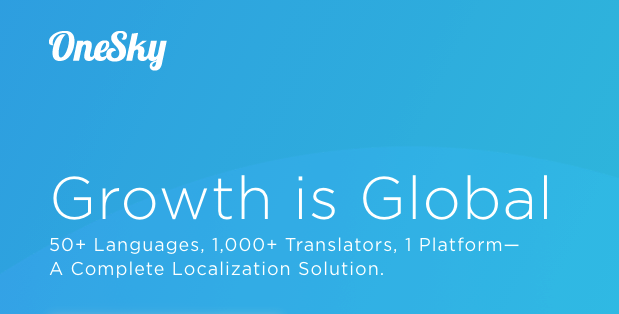Localization Increases Downloads by 128x for iOS Apps
Localization has become a major factor for iPhone apps, that other app developers are jumping on board to having their apps translated asap.
Both the Apple App Store and Google Play currently support over 120 countries and both Apple and Google are providing extensive support for developers to launch their apps in different languages. But still, lots of developers are still struggling with whether to localize their apps, hoping to have more statistics to support their decisions.
Recently, Distimo has released a report that focuses on language localization of iOS apps and offer great insights on the language distribution in top counties and the effect of adding native language support for an app.
All findings are based on a sample group that consists of the top 12 countries with the highest downloads and revenues. They include United States (US), Canada, United Kingdom (UK), Germany, France, Russia, Italy, Korea, China, Brazil and Australia.
Apps that Support the Native Language Dominate the Top Charts
When looking at the language breakdown of the top apps in different countries, one can clearly see that apps that support the native language (the dark blues and the light blues) are dominating the top charts of different countries, especially for Asian countries like China, Japan and Korea.
For instance, around 70% of all free downloads in China are apps that support the native language (i.e. Simplified Chinese). With that percentage being also around 70% for Japan and 60% for South Korea.
For European countries, Germany and France also show the dominance of apps that support the native language, with around 60% of the top apps there supporting the local language.
When looking at revenue, the apps that support the native language show even greater dominance. For examples, close to 80% of total revenue generated in China are from apps that support the local language, with that percentage being close to 80% for Japan as well and 70% for South Korea.
Impact of Translating Apps to Native Language
To further understand the effect of translating an app to the native language, Distimo has analyzed around 200 apps with native language introduced in Aug 2012, including well-known names like Zynga’s Matching With Friends and Rovio Entertainment’s Angry Birds HD Free.
The analysis shows that on average, these applications experienced a 128 percent growth in download volumes during the first week after the native language was added. The growth for revenue is lower, but still at a promising 26 percent. And this is just the increase for A WEEK.
Among all countries, the Asian countries including China, Japan and South Korea again showed the strongest growth after adding the native language. This suggest that users in China, Japan and South Korea have a strong preference for local language when choosing apps.
From the above statistics, one can clearly see the benefits of adding native language support for an app, especially for Asian countries like China, Japan and Korea. Don’t forget that these 3 countries are also the countries that show the strongest growth in iOS apps over the past year (for more stats, read our previous blog post 5 of the Top Ten Fastest Growing iPhone App Markets are in Asia)
So if your your app still isn’t translated in Chinese, Japanese or Korean? Perhaps you should start thinking about localizing your apps into the different Asian languages to grab a share of the booming markets there!
Translating your app can be easy, see how.



 Written by -
Written by - 




 Written by
Written by 


